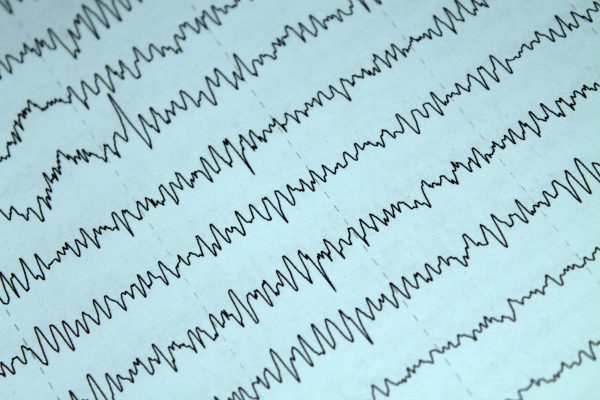by: Aman Upadhyay
Her hands are calloused, storied from the years of work on a cocoa bean plantation which she started when she was forced to leave school at the tender age of 5 to help her parents make ends meet. There is something else on her hands, however. Dotted along the length of her forearms are red blotches, oddly shaped and brightly colored. These are worms, S. haematobium, contracted from the local pond, the only source of water in her village. These parasites will go on to enter her lungs, then her liver where they mature and lay eggs. This life parasitic life cycle will slowly kill her if not treated quickly. Like the rest of the people in her village, she is constrained by a lack of medical resources; diagnosis is rare and treatment is virtually unheard of which is typical for individuals living on the Ivory Coast. This is where the Newton Nm1 microscope and the phone mounted CellScope comes in.
Protostomes like S. haematobium flourish the contaminated waters of the many ponds and streams that weave through Africa’s coastlands. These are often the only sources of water available to people for hydration, cleaning, cooking and bathing; all practices by which protostomes can infect humans. However, what make the parasites in Africa so particularly dangerous are the severely dilapidated healthcare and diagnostic services available to the region – so much so that in a 2012 World Bank report1 it was found that there is only one doctor per 10,000 people in the Ivory Coast. The Giardia Epidemiology Institute, the Our Africa Organization and research from Katherine Ralston and William Petri present similarly shocking statistics for water-borne infections, citing 40,000-100,000 annual deaths from E. histolytica, an amoeba, 20-30% prevalence rates for Giardia, an intestinal parasite and over 60% prevalence rates for Plasmodium infections, malaria causing parasites.
The main bottleneck in treatment for the people of the Ivory Coast is in diagnosis. The primary reason for this is because parasites like S. haematobium can reside latent in the bowels, maturing and laying eggs for 1-2 months before the infected individual even develops symptoms. In more developed countries, the most effective diagnoses come from patient stool and blood samples. Impoverished regions such as the Ivory Coast do not adequate resources and access to diagnostic labs and thus thousands of individuals operating with these bugs embedded in their skin and organs remain undetected and undiagnosed. Additionally, even if an infected individual is diagnosed, there are chances that a misdiagnosis could lead to improper treatment and sustained susceptibility to death.
But all that is changing. At UC Berkeley, the Fletcher Lab in the Bioengineering department has created an invention called the reverse lens CellScope, a $10-20 iPhone attachment which amplifies the iPhone camera to mimic the functionality of a microscope. Over a 2-month period, the Fletcher Lab team collected stool and urine samples from a remote village in the Ivory Coast that was extremely susceptible to waterborne infections, such as S. haematobium, and the results were astounding. Using the traditional microscope as a ‘gold standard’ by which to compare their results, the team trained local technicians who collected the villagers’ samples every morning to perform a stool smear along with 10 milliliters of urine and examine the differences between the three modalities.
Not only did the CellScope prove its efficiency as a regular microscope but at $20 and a mere 2 oz., it combines accuracy, affordability, and accessibility in a way that could transform the landscape of affordable, rural healthcare. In the words of Michael D’Ambrosio, a post-doctorate scholar and one of the inventors of this product, “you’re never going to build something smaller and cheaper than this that has such an incredible field of view and resolution.” Amazingly, in its short 2 month preliminary study, the CellScope had a 90% sensitivity rate for nematode eggs in urine, meaning that it has the ability to accurately diagnose any number of infections plaguing the Ivory Coast and other rural regions. The application of this novel invention is also greatly defined by its simplicity. The Newton Nm1 is designed to automate diagnoses, meaning all a technician has to do is slide an iPhone into its slot, insert a blood sample and within seconds the phone reveals eggs, worms and other disease causing organisms.
This means that the little girl will not have to worry about waking up in hives or intestinal pain a month after drinking bad water. It means that millions of people will have access to basic healthcare we all take for granted. The Fletcher lab is showing that you do not need an expensive, complicated innovation to generate change – rather that you can create something accessible, affordable, and most importantly, accurate, that is just as impactful.








